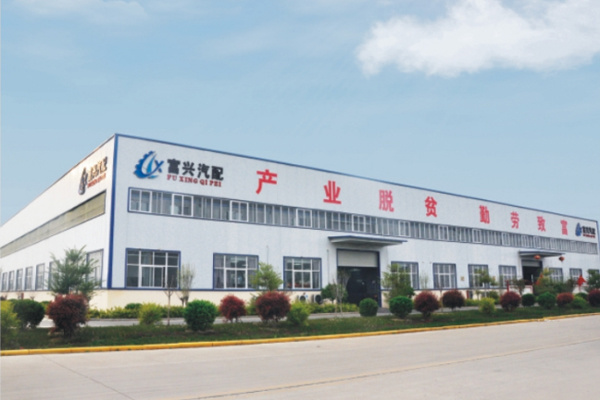-
 Marketing and serviceCompany telephone:
Marketing and serviceCompany telephone: -
PRODUCTMarketing and serviceCompany telephone:
-
QUALITY
 Marketing and serviceCompany telephone:
Marketing and serviceCompany telephone: -
 Marketing and serviceCompany telephone:
Marketing and serviceCompany telephone: -
CONTACT
 Marketing and serviceCompany telephone:
Marketing and serviceCompany telephone:
What is the difference between forging and casting?
Release time:
2024-06-14
Forging: Using methods such as hammers to make metal materials in a formable state into workpieces of a certain shape and size.
1、 The difference between forging and casting
1) Different wording:
Forging: Using methods such as hammers to shape and size workpieces from formable metal materials, altering their physical properties.
Casting: The processing method of melting metal into a liquid, injecting it into a mold, cooling and solidifying it, cleaning it, and obtaining the desired shape of the casting. Capable of manufacturing objects with complex shapes.
2) Different manufacturing processes:
Forging: It is a processing method that uses forging machinery to apply pressure to metal billets, causing them to undergo plastic deformation and obtain forgings with certain mechanical properties, shapes, and sizes. It is one of the two main components of forging (forging and stamping).
Casting: The method of casting liquid metal into a casting cavity suitable for the shape of the part, and obtaining the part or blank after cooling and solidification.
2、 Forging and casting purposes
Forging is generally used to process forgings of a certain shape and size.
Casting is a relatively economical method of forming blanks, generally used for parts with complex shapes.
3、 Advantages and disadvantages of forging and casting
Advantages of forging:
Due to the elimination of defects such as cast like pores during the smelting process, optimization of the microstructure, and preservation of complete metal flow lines by forging, the mechanical properties of forgings are generally superior to those of castings made of the same material. For important components with high loads and harsh working conditions in related machinery, forgings are often used in addition to rolled plates, profiles, or welded parts with relatively simple shapes.
Casting advantages:
1. Can produce parts with complex shapes, especially blanks with complex internal cavities;
2. Wide adaptability, commonly used metal materials in industry can be cast, ranging from a few grams to hundreds of tons;
3. The source of raw materials is extensive and the price is low. For example, scrap steel, waste materials, chips, etc;
4. The shape and size of the casting are very close to the part, reducing cutting amount and no cutting processing;
5. Widely used, 40%~70% of the weight in agricultural machinery and 70%~80% of the weight in machine tools are castings.
Disadvantages of forging:
External injury accidents that are prone to occur in forging production.
Casting disadvantages:
1. Mechanical properties are inferior to forgings. For example, coarse organization and numerous defects;
2. Sand casting involves single piece and small-scale production, resulting in high labor intensity for workers;
3. The quality of castings is unstable, with multiple processes and complex influencing factors, which can easily lead to many defects.
keyword:
COOKIES
Our website uses cookies and similar technologies to personalize the advertising shown to you and to help you get the best experience on our website. For more information, see our Privacy & Cookie Policy
COOKIES
Our website uses cookies and similar technologies to personalize the advertising shown to you and to help you get the best experience on our website. For more information, see our Privacy & Cookie Policy
These cookies are necessary for basic functions such as payment. Standard cookies cannot be turned off and do not store any of your information.
These cookies collect information, such as how many people are using our site or which pages are popular, to help us improve the customer experience. Turning these cookies off will mean we can't collect information to improve your experience.
These cookies enable the website to provide enhanced functionality and personalization. They may be set by us or by third-party providers whose services we have added to our pages. If you do not allow these cookies, some or all of these services may not function properly.
These cookies help us understand what you are interested in so that we can show you relevant advertising on other websites. Turning these cookies off will mean we are unable to show you any personalized advertising.
CONTACT US
Landline:+860374-6621138
Phone:+8613938770929
Mailbox:fuxingzhuzao@126.com
Address: Xiyang Industrial Zone, Changge City, Henan Province
Copyright © 2024 Changge Fuxing Auto Parts Co., Ltd
SAF Coolest v1.3.1.2 设置面板 GAGSD-ZGYF-JFAVE-ZDW
无数据提示
Sorry,当前栏目正在更新中,敬请期待!
您可以查看其他栏目或返回 首页









